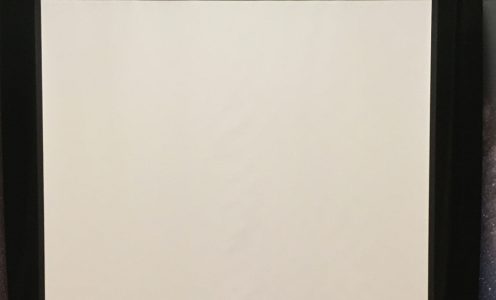A talk by Greg Smye-Rumsby to the Orpington Astronomical Society on October 25th 2023
Report by Tony Sizer.
Being a teacher had the advantage of long holidays. This meant that, if there was a significant event taking place, like an eclipse, for example, which never seemed to occur at a reasonably close location, I could often travel to view the phenomenon and be back in time for the new term.
It also meant that there was occasionally enough time during the holiday to visit other places of interest on the same trip.
This was an idea which had also occurred to the company organising the holidays.
So I was able to take a trip to view the total eclipse of 1999 in Hawaii, taking in Los Angeles on the way out and San Fransisco on the return journey.
Also, in 1986, Halley’s Comet in Australia via Bangkok and Singapore.
When NASA decided to send a probe to Pluto they had the same idea. They stipulated that the mission should also visit other targets of interest to get more “Info for their Buck” to put it in terms that their economists would understand. Which targets to choose? Only Jupiter lay near the outbound trajectory, but other targets might present themselves on the journey.
So one of the objects studied by the New Horizons Probe, launched in 2005, wasn’t even discovered until 2014, when the spacecraft was well on its way.
Greg told the story of the encounter in fascinating detail. Object 486958 was originally called Ultima Thule, after the mythical distant island postulated by the Greeks. The name had to be changed when further research revealed that Thule was the place that the Nazis believed to be the origin of the Aryan race, so the object was renamed Arrokoth, the word for “cloud” in the Powhatan language of the Tidewater region of Virginia and Maryland in the eastern United States.
Arrokoth proved to be a dual object, a contact binary. The exact nature of the body is still unknown but it is just one amongst a vast number of KBO’s (Kuiper Belt Objects) believed to exist at the outskirts of Solar System. The two parts of the object appear dissimilar and are possibly the results of the merging of several bodies early in the Solar System’s history. Unfortunately, it is unlikely that NASA will fund a follow-up mission.
The talk and the graphics illustrating it were first rate and full of interest, presented in Greg’s inimitable style. An evening to remember.


